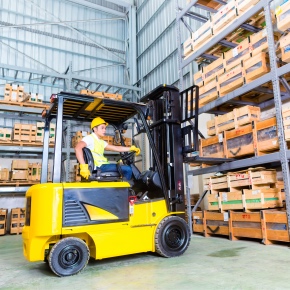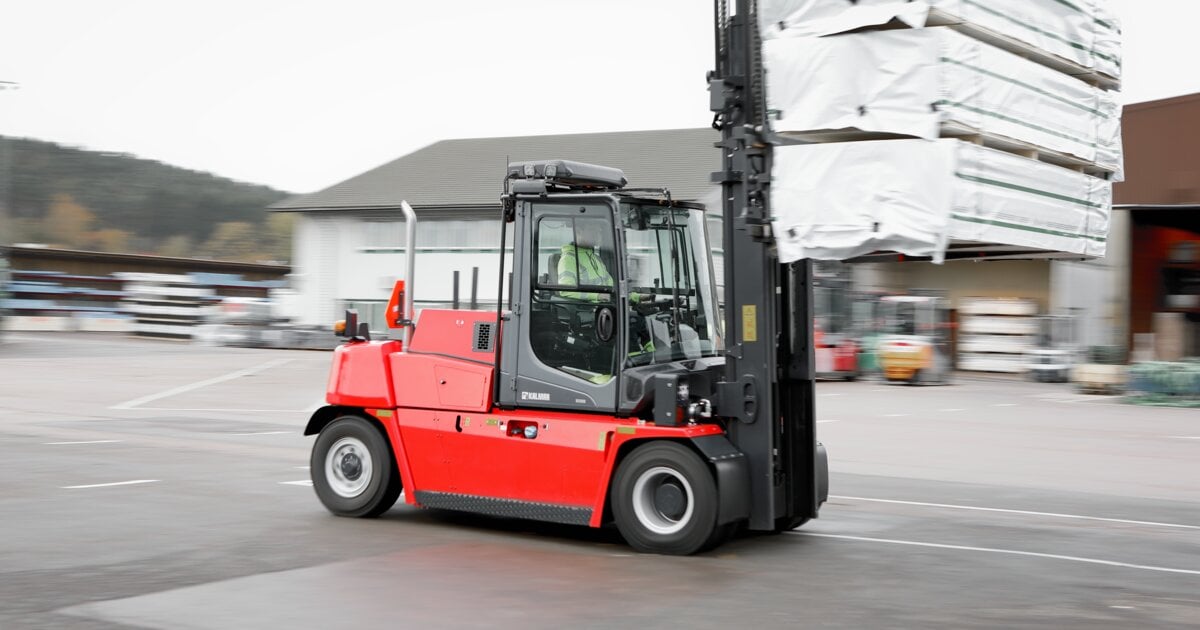Werktuigen, on track! Werktuigen is an online market place where buyers and sellers of machines and tools can meet each other. In various categories such as: lifting machines, elevated platforms & scaffolds, agricultural, metal processing, construction, forestry, garden & park machines, dealers and trading companies may place advertisements for new and second-hand goods. Haizhili (Jingshan) Machine Technology Co., Ltd. Is best Tail lift, Hand Pallet Truck and Hand Stacker supplier, we has good quality products & service from China.
Welcome to Affordable Machinery LLC. – We specialize in rigging equipment, stamping presses and related equipment, such as die trucks, machine tools, forklifts, overhead cranes. Use our navigation menu to discover items for sale. Phone: 616-200-4308 – Email: email protected. TYPES OF FORKLIFTS: fork crane models for industrial use within warehouses, hydraulic three-wheeled electric forklifts, etc. Forklifts have different shapes and sizes, also meet different and varied purposes. While most know forklifts the main function of material handling, in fact, there are many different categories of these.
Forklift Machine Operator Duties
A telescopic handler, also called a telehandler, teleporter, reach forklift, or zoom boom, is a machine widely used in agriculture and industry. It is somewhat like a forklift but has a boom (telescopic cylinder), making it more a crane than a forklift, with the increased versatility of a single telescopic that can extend forwards and upwards from the vehicle. The boom can be fitted with different attachments, such as a bucket, pallet forks, muck grab, or winch.
Uses[edit]
In industry, the most common attachment for a telehandler is pallet forks and the most common application is to move loads to and from places unreachable for a conventional forklift. For example, telehandlers have the ability to remove palletised cargo from within a trailer and to place loads on rooftops and other high places. The latter application would otherwise require a crane, which is not always practical or time-efficient.

In agriculture the most common attachment for a telehandler is a bucket or bucket grab, again the most common application is to move loads to and from places unreachable for a 'conventional machine' which in this case is a wheeled loader or backhoe loader.[citation needed] For example, telehandlers have the ability to reach directly into a high-sided trailer or hopper. The latter application would otherwise require a loading ramp, conveyor, or something similar.
The telehandler can also work with a crane jib along with lifting loads, the attachments that include on the market are dirt buckets, grain buckets, rotators, power booms. The agricultural range can also be fitted with three-point linkage and power take-off.
The advantage of the telehandler is also its biggest limitation: as the boom extends or raises while bearing a load, it acts as a lever and causes the vehicle to become increasingly unstable, despite counterweights in the rear. This means that the lifting capacity quickly decreases as the working radius (distance between the front of the wheels and the centre of the load) increases. When used as a loader the single boom (rather than twin arms) is very highly loaded and even with careful design is a weakness. A vehicle with a 5,000 lb (2.5 ton) capacity with the boom retracted may be able to safely lift as little as 400 lb (225 kg) with it fully extended at a low boom angle. The same machine with a 5,000 lb lift capacity with the boom retracted may be able to support as much as 10,000 lb (5 ton) with the boom raised to 70°. The operator is equipped with a load chart which helps him determine whether a given task is possible, taking into account weight, boom angle and height. Failing this, most telehandlers now utilize a computer which uses sensors to monitor the vehicle and will warn the operator and/or cut off further control input if the limits of the vehicle are exceeded, the latter being a legal requirement in Europe controlled by EN15000. Machines can also be equipped with front stabilizers which extend the lifting capability of the equipment while stationary, as well machines which are fully stabilised with a rotary joint between upper and lower frames, which can be called mobile cranes although they can typically still use a bucket, and are also often referred to as 'Roto' machines. They are a hybrid between a telehandler and small crane.
Operator licensing[edit]
In some jurisdictions, a license is required in order to operate a telehandler under law or regulations of a national or other jurisdictional authority.
Forklift Machine Menards
For example, in Australia, a Gold Card can be obtained for telehandlers with a capacity of three tonnes or less for standard attachments where the machine is operated from below. The Gold Card is issued by the Telescopic Handler Association of Australia (TSHA). The Gold Card is not a legally required qualification however verbal instruction is not considered an appropriate training method[according to whom?] as it lacks evidence of competency training. Competency training with evidence of learning and written assessment is legally required[by whom?] in Australia.[1][2]
A WorkSafe CN licence is a legally required licence for machines with a capacity of over three tonnes with standard attachments where the machine is operated from below.[3][2]Telehandlers fitted with elevated work platform attachments and are operated from the basket are classified as elevated work platforms and require elevated work platform licences, such as the EWPA Yellow Card or Worksafe WP Licence.[2]A WorkSafe C2 licence or higher may apply when using slewing-type telehandlers.[3]
Manufacturers[edit]
- MST (TURKEY).
- AUSA (Spain)
- Bobcat (USA)[citation needed]
- Case IH (Italy)
- Caterpillar (USA) – See JLG
- Claas (Germany)
- Deutz (Germany)[citation needed]
- Dieci (Italy)
- Gehl (USA)[citation needed]
- Haulotte (France)
- JCB (England)[citation needed]
- JLG (USA)
- Kramer (Germany)[citation needed]
- Lajvar Industrial Group (Iran)[citation needed]
- Liebherr Group (Germany)
- Skyjack (Canada)
- Manitou (France)
- Merlo (Italy).
- New Holland (Italy)[citation needed]
- SANY Group (China)
- Terex under the Genie brand[citation needed]
- Weidemann (Germany)
No longer in production[edit]
- Ingersoll Rand (USA), purchased by Skyjack and no longer in production under the Ingersoll Rand name.
- Liner Concrete Machinery Company's Liner Giraffe, the predecessor of the modern telescopic handler (1974)[citation needed]
- Matbro (England)[citation needed]
See also[edit]
References[edit]
- ^'Telescopic Handler Association - Telescopic Handler Association of Australia'. www.tsha.com.au. Retrieved 2019-10-21.
- ^ abc'Do I need a Gold Card to operate a Telehandler? | Gold Card Worksafe CN'. Duralift. 2019-03-28. Retrieved 2019-10-21.
- ^ ab'Do you need a licence? - WorkSafe'. www.worksafe.vic.gov.au. Retrieved 2019-10-21.


External links[edit]

Media related to Telescopic handlers at Wikimedia Commons
Crunch These Numbers

0% for 60 months with $0 down plus CVA for a limited time only!
The Great Payback Event
1.99% for 48 months + CVA or Fuel Payback + CVA!
Built For It
Caterpillar sets the standard for our industry, and MacAllister is proud to offer the complete line of more than 300 Cat® products.
Career Opportunities
As MacAllister grows, so do the opportunities. Join our team!
MacAllister Machinery Co. Celebrates 75 Years
A message from Chris MacAllister, President and CEO of MacAllister Machinery, in recognition of the company’s 75th anniversary.
How Technology Makes Heavy Equipment Maintenance Easier
Technological advancements affect every area of the economy. One of the most heavily impacted areas is the heavy construction industry, where equipment technology continues to advance at an amazing rate. A fascinating area of this advancement is equipment maintenance technology…. Read More
